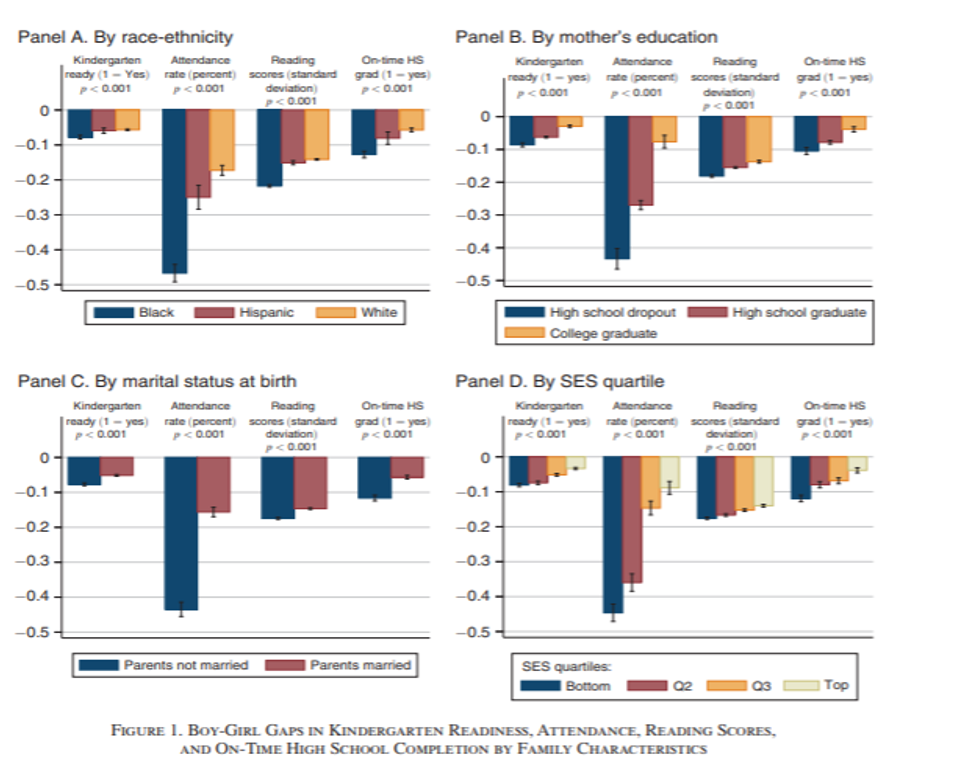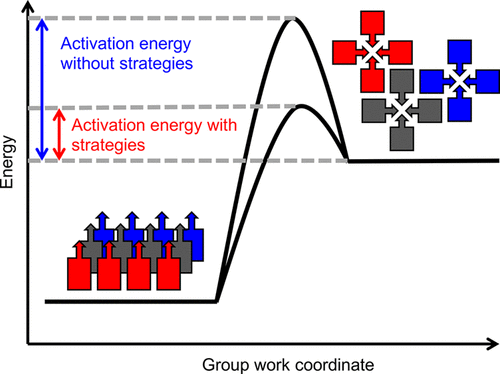How data and science are changing the education landscape.
News
In a recent study from MIT on the effects of an eight-week mindfulness program (comprising breathing exercises), sixth-graders reported feeling less stress and fewer negative emotions after the program.
MITili's Cynthia Breazeal is included in a stunning collection of posters, free for download from My Modern Met.
MIT researchers piloted a new curriculum to teach middle school students about ethics and artificial intelligence at the second annual Mass STEM Week.
MacVicar envisioned a system where any student, regardless of year or grades, could gain experience in a professional lab with a faculty mentor.
Does gender have an effect on education outcomes for disadvantaged students? Check out a recent publication from our colleagues at MIT SEII.
Group work can engage students in active learning, yet students often resist working with peers in class. MIT research shows the benefits of working in a team!
“People often question the possibility of teaching ethics, and some of that doubt comes down to whether we’ve got explicit instruments to actually further that education,” saidLeigh Hafrey, a senior lecturer in leadership and ethics at MIT Sloan.
The Esperanza, or “promise,” program is ongoing and has already trained hundreds of school staff members on how to manage trauma and anxiety, and to identify these manifestations in students.
"The motivation behind holding the girls-only workshops is to foster a curiosity and familiarity in computing that may lead to a future increase in the number of women engaged in computer science."









